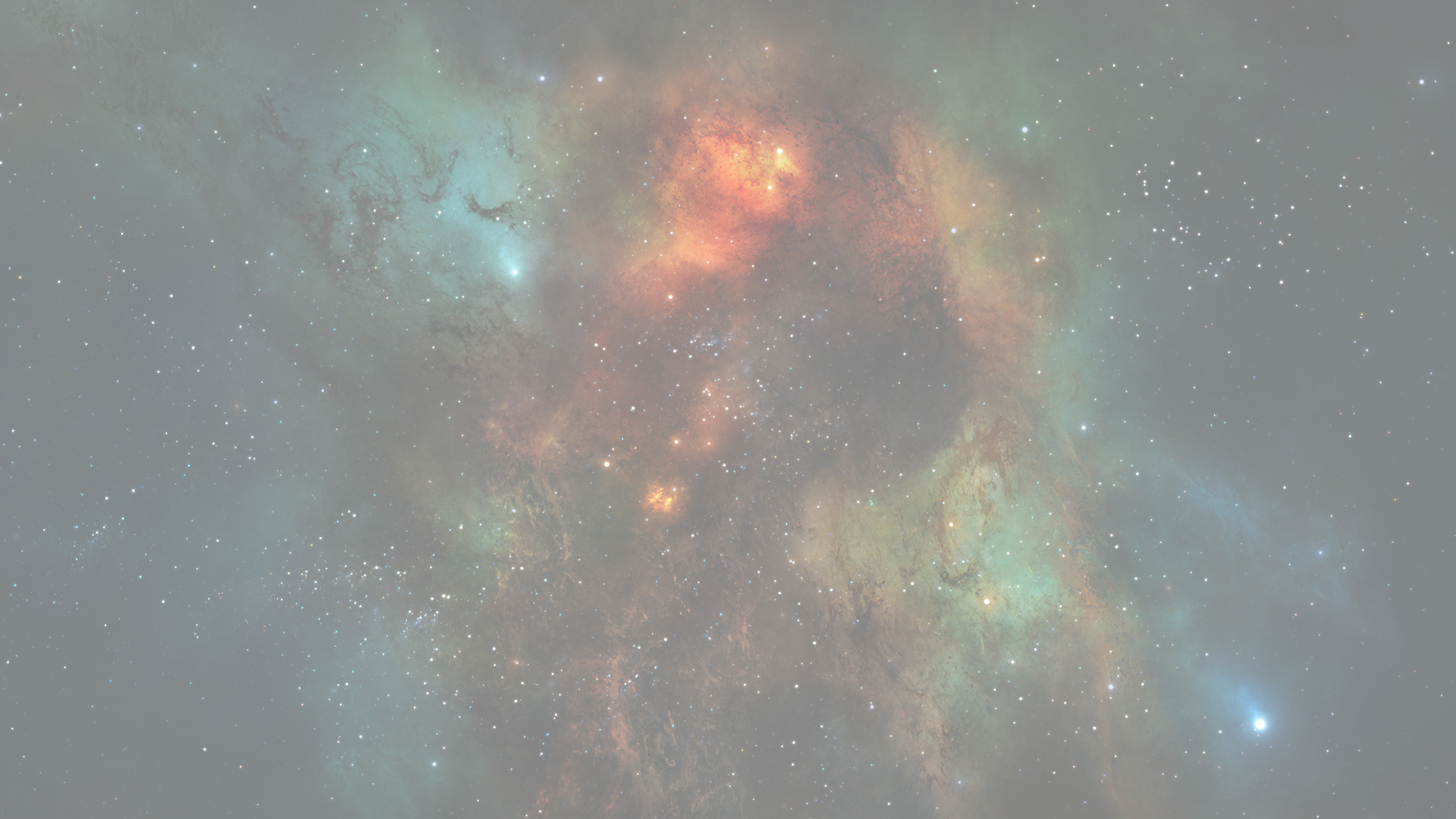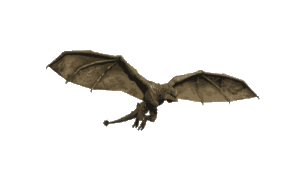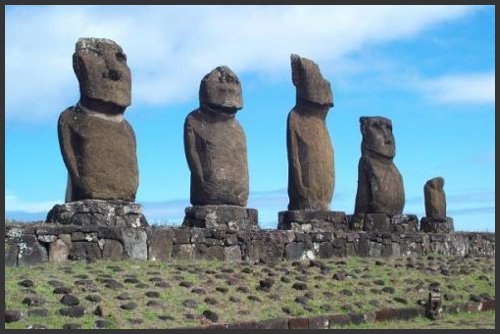


Myths and legends

The Easter Island mystery is mainly due to its isolation. This made the Rapa Nui culture and history have not been completely unraveled and made the Easter Island myths and legends very relevant. They been transmitted orally by the natives and collected by ancient visitants. But these myths, that try to explain past events, are usually adorned by the imagination of the teller or the listener. Therefore, the historical reconstruction based on them wanders between reality and fantasy.
Hotu Matu’a and the seven explorers
It’s the main Rapanui legend and it tries to explain Easter Island’s settlement. The legend says that the Ariki (king) Hotu Matu’a lived in a beautiful continent called Hiva. One night in his dream he received a message that his land would sink, and that he needed to find a place to take his people. Following a wise seers advice, Hotu Matu’a sent seven explorers towards the morning sun, in search of a favorable land to live and grow yams (a staple in their nutrition).

After several days of sailing, the seven explorers arrived on a small and uninhabited island that seemed fertile enough to live on. It is said that besides yams, the explorers took a moai with them and a mother of pearl necklace, and that this was abandoned when they returned to Hiva, leaving behind on the island only a single explorer.
Sometime later, Hotu Matu’a arrived on the island in two great ships with his entourage, which consisted of his wife, his sister and another 100 people. Since then, the island has been called Te pito o te henua, which means “the world’s navel”.
This legend is the reason why some researchers say that when Hotu Matu’a arrived on Easter Island, it was already inhabited and that he found yams and several standing moai statues. Some believe that the seven explorers represent the seven generations or tribes that inhabited the place, of which only one survived and mixed with the people of Hotu Matu’a.
These seven explorers are represented by the seven moai that are found in Ahu Akivi.
Long ears and short ears
Another Rapa Nui myth says that after the arrival of the Polynesians, another controversial immigration arrived on the island whose racial characteristics differed from the natives’ characteristics. The newcomers were more stout and sturdy and were known as the Hanau E’epe or “wide race”, contrary to the Hanau Momoko or “thin race”.

Some versions say that the Hanau E’epe had very developed earlobes and relate them to the Incas, unlike the Hanau Momoko who didn’t present that trait, because of their Polynesian heritance.
Nonetheless, other researchers say that the difference between the two groups was based fundamentally on their physique and because of this, the Hanau E’epe constituted the working class while the Hanau Momoco, the thinner ones, were the tribe or the dominant class. For them, the stretching of the earlobe (characteristic trait of the moai) was none other than a common practice in many cultures around the world and that what happened was that at some point in history, the word E’epe mixed with the Rapanui word ‘Epe, which means earlobe, given birth to the legend of the “long ears” and the “short ears”.
Make-Make, the creating god

As the legend goes, Make-Make, after creating the Earth, felt lonely and thought that something was missing. He took a pot full of water and look at his reflection within it, at that moment a bird came to rest on his shoulder and Make-Make was amazed by the their fused reflections, and thus decided to create us by making his firstborn son.
But Make-Make wasn’t satisfied and wanted to make a being just like him, that could think and talk. His first attempt was to fertilize some tones, but he wasn’t successful. Then, he fertilized the water and the sea filled with fish. Finally, he fertilized the red clay earth and from it made a man. But the man was lonely, so he made him fall asleep and from his rib created the woman.
It was Make-Make, in collaboration with the god Haua, who took the birds (manutaras) to the islets (motus) in front of the Rano Kau volcano so that the Tangata Manu or “Birdman” cult could be created.
Moai Kava Kava
Legend states that on one fateful day, the ariki Tu’u Koihu, Hotu Matu’a’s oldest son, was on a midnight walk in Puna Pau when he found two spirits, or aku aku, asleep in front of him. Upon a closer look he noticed that they had skeletal bodies, and he decided to walk away and leave them. However, he woke them as he tried to run away, so the aku aku chased him in fear that he’d tell someone what he’d seen.

Tu’u Koihu denied having seen them but the spirits didn’t believe him and kept watch on him for two days and two nights. Seeing that he wasn’t telling anyone, they left. Once he was free from the spirits, the ariki returned to Tore Ta’hana, went into a hut, and carved into a piece oftoromiro Wood the two disembodied figures of the aku aku he’d seen. This was the means of communication the ariki found to tell the world what he’d seen.
This was, according to tradition, the origin of the Kava Kava moais (“statues with ribs”) that the islanders used to carve out of wood and hang on the inside of their front doors to keep away evil spirits.




